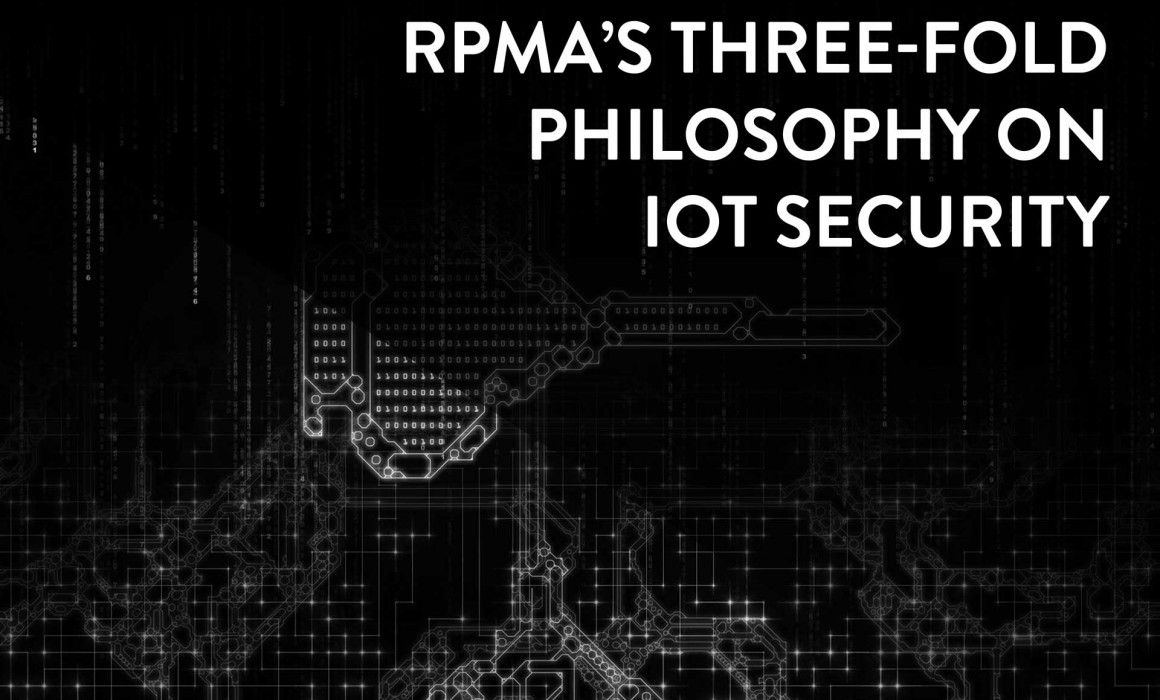Industry Perspective on Unlicensed Low Power Wide Area Networks
A question I am asked often multiple times a day on sales calls is,”What about Sigfox and LoRa?” RPMA, or Random Phase Multiple Access, is often compared to, or thought to be on par with, competing unlicensed low-power, wide-area networks such as Sigfox and LoRa. I am writing today to tell you why that is far from the truth.
RPMA was created from the ground up to be the simplest, the most robust, and the most secure network for machine to machine communication. It is the only network purpose-built from the ground up to serve machines exclusively.
Let’s start with simplest. What if I told you there was a singular wireless network that could cover the earth (and no I’m not talking about Skynet Mr. Terminator)? With near infinite scalability, extremely long range, and a spectrum that is available in every country on the planet, RPMA can do just that. Device makers could create a single SKU that could operate on any part of the planet. RPMA runs on the 2.4 GHz band for the very reason of being able to cover the world with a single network. Sub-GHz competitors may point to the fact that sub-GHz frequencies can inherently penetrate further than a 2.4 GHz wave. The point, however, is moot for RPMA because with the combination of RPMA’s processing gain, receive sensitivity, and antenna diversity, it boasts the highest link budget in the wireless industry. That means RPMA broadcasts further and penetrate deeper than any sub GHz competition. Lastly, with a network built from the beginning to be able to scale to billions of endpoints, it creates a simple job for product managers. One SKU can serve any customer in the world, under any RPMA network, at any device count.
Let’s talk robustness. A single RPMA access point can demodulate and receive up to 1000 simultaneous transmissions over the network. There is virtually no such thing as a collision on an RPMA network. That fact coupled with a 100 percent message acknowledgment rate will leave even the most skeptical feeling secure and satisfied. That vastly overshadows competing unlicensed low power wide area networks that do not even have full bi-directional communication for message acknowledgment, and cannot receive two simultaneous signals without a collision and a resend.
Let’s finish with security. Imagine a small Internet of Things device, a tracker, that serves the purpose of parents being able to know the location of their children. One may reasonably suppose that the location of the child should be sent over a secure, encrypted network. The National Institute of Standards and Technology has defined a 128-bit Advanced Encryption Standard. That means that an additional 128 bits or 16 bytes must be transmitted with each message to create a secure digital signature. Sigfox provides virtually no encryption (and cannot with a fixed 12 byte message size), and LoRa provides only a 32-bit encryption. Both are well below the recommended standards. RPMA has a flexible packet size and easily supports 128 bit encryption just to name one of many security features built in.
While many may presently associate RPMA with the networks of Sigfox and LoRa, this will dramatically change as more and more familiarize themselves with the technologies behind the marketing.











